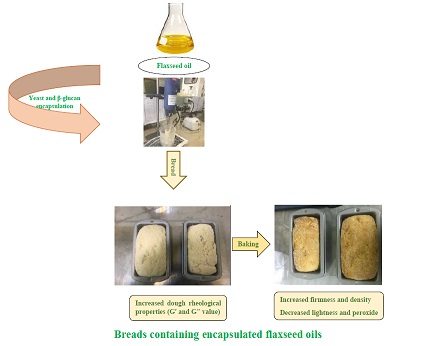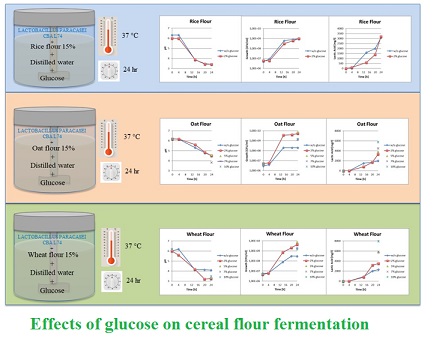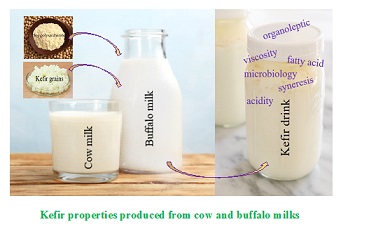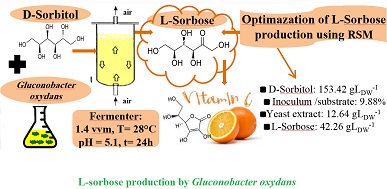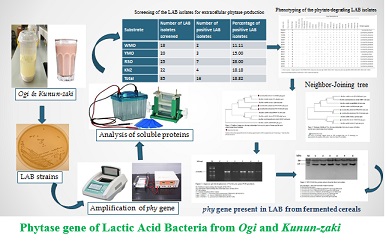Specific Gaseous Conditions Significantly Improve Lactobacillus casei and Escherichia coli Survival to Freeze Drying and Rehydration
Applied Food Biotechnology,
Vol. 7 No. 1 (2020),
24 Dey 2019,
Page 1-9
https://doi.org/10.22037/afb.v7i1.26343
Background and objective: Presence of oxygen during production and rehydration of freeze-dried starters and probiotics can decrease viability of the bacteria. Indeed, removal of water from cells during freeze-drying can promote dysfunction in anti-oxidative mechanisms, resulting in oxidative stress by accumulation of reactive oxygen species. The aim of this study was to show how atmospheric or less oxidative gaseous conditions affect bacterial survival to freeze-drying and rehydration of two strains, including Lactobacillus casei, a widely used bacteria in biotechnology, and Escherichia coli, a laboratory model bacteria.
Material and methods: Lactobacillus casei ATCC 334 and Escherichia coli K12 were freeze dried for 24h in 5% sucrose (m v-1). Two gaseous conditions (an oxygen-free gas and atmospheric air) were used during various steps of the process, including bacterial cultivation, mixing of the bacteria with the protectant and rehydration. Oxygen-free gas condition was obtained with an oxygen-free gas, composed of nitrogen, hydrogen and carbon dioxide (N2H2CO2)and an anaerobic chamber.
Results and conclusion: Gaseous conditions included significant effects on bacterial survival rates (P<0.001 for Lactobacillus casei and Escherichia coli). Interestingly, for both bacteria, the optimal combination was atmospheric air during mixing of the bacteria with the lyoprotectant (P<0.001 for Lactobacillus casei and Escherichia coli) and N2H2CO2 during rehydration (P<0.001 for Lactobacillus casei and P<0.05 for Escherichia coli). Management of gaseous conditions during a freeze-drying process and rehydration (atmospheric air during mixing of the bacteria with lyoprotectant and oxygen-free gas during rehydration) enhances survival of the bacteria by preserving them from oxidative stress.
Conflict of interest: The authors declare no conflict of interest.

-Small.jpg)
